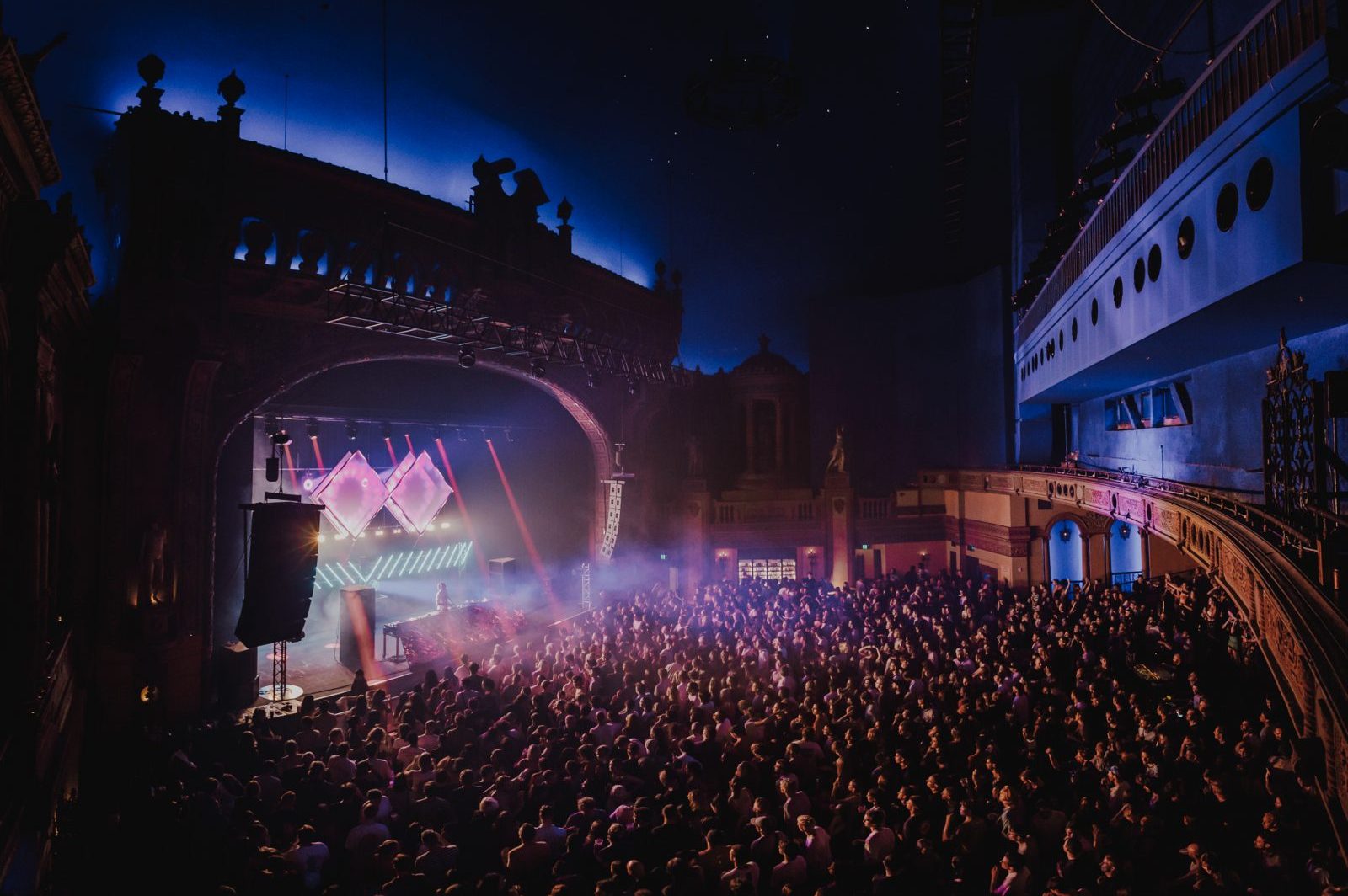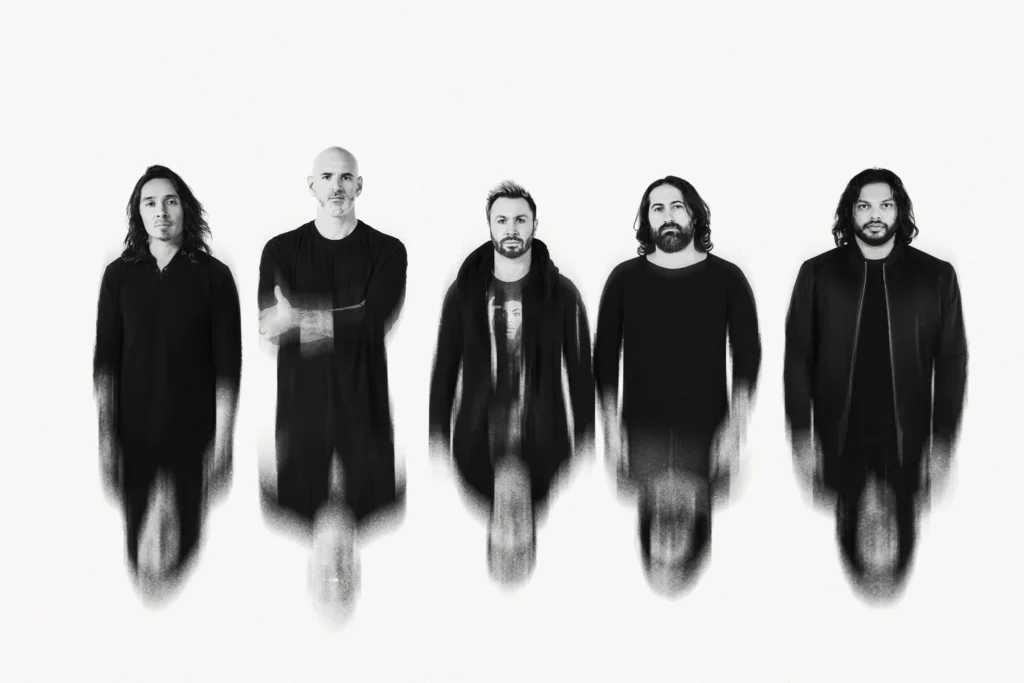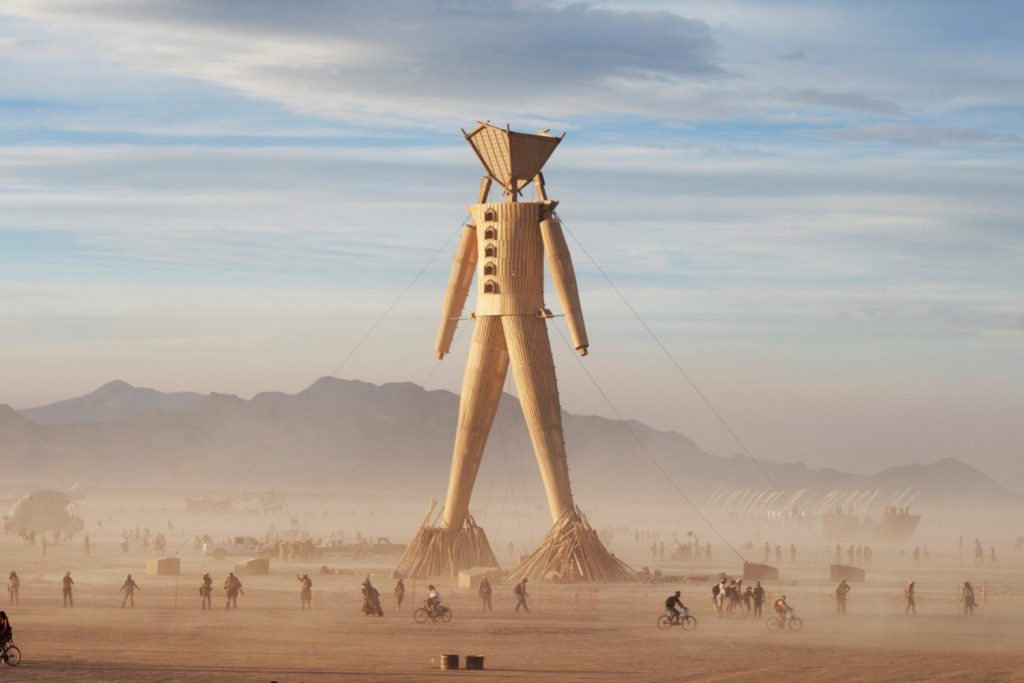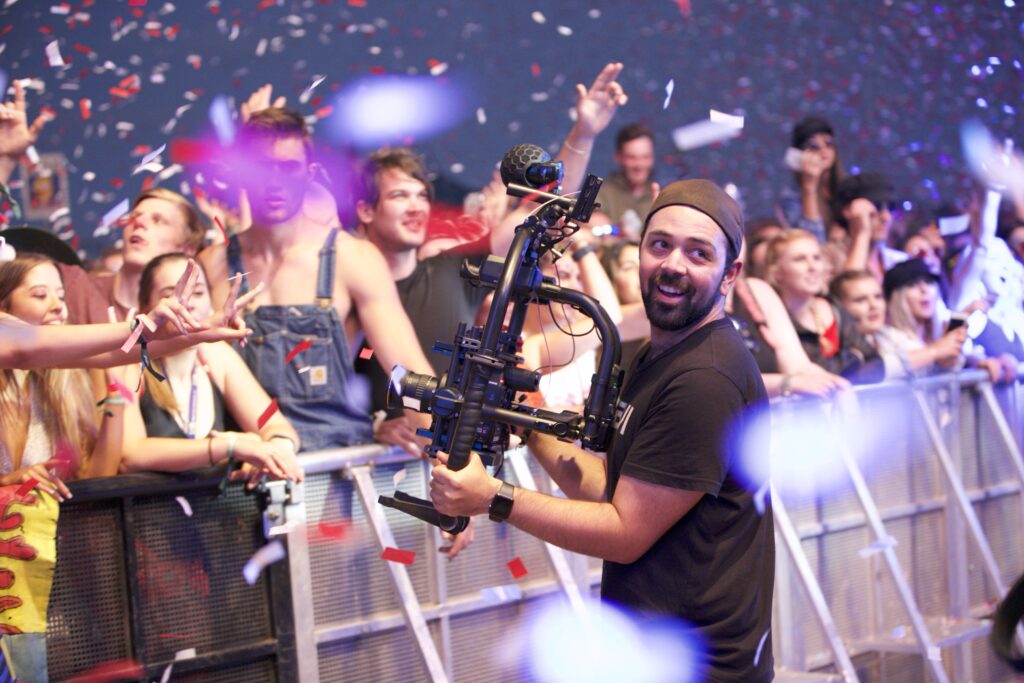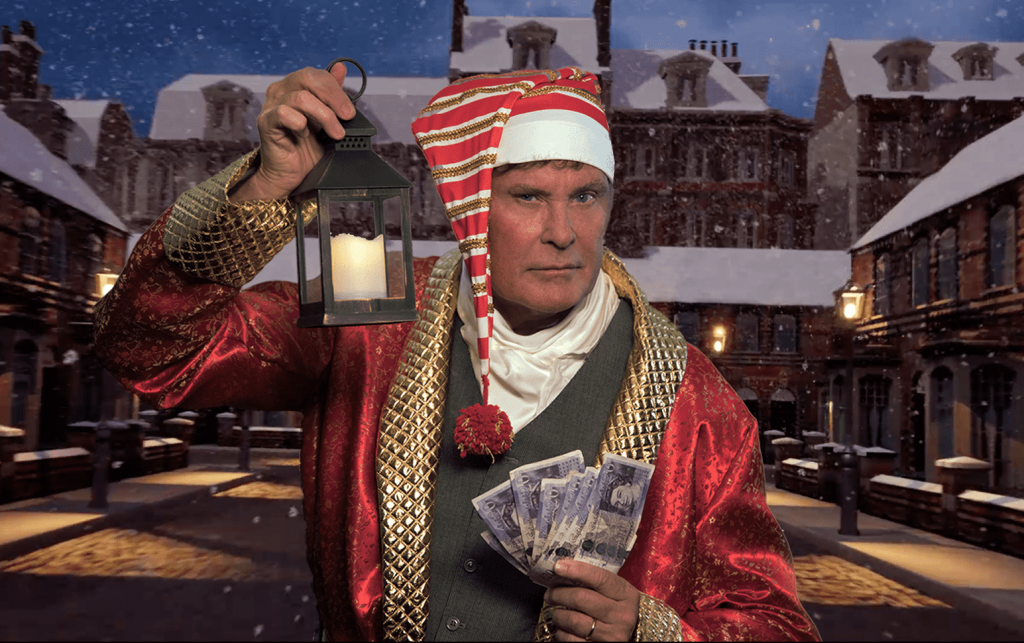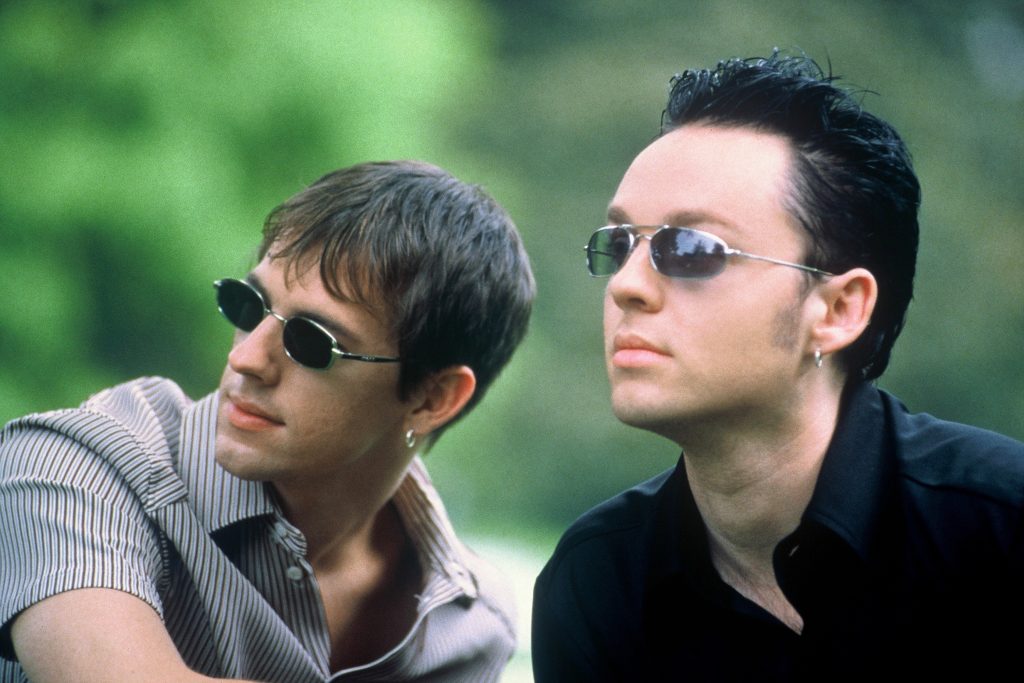In the first instalment of a two-part feature, we lift the lid on A-M of our 2021 predictions.
History/herstory teaches us the music industry is most innovative after wars, economic downturns and social disasters like SARS. The advent of vinyl, CD and streaming came after such events, and the US live industry had a boom after the 9/11 attacks.
PwC says that after the global live music business shed US $18 billion in value in 2020 (down 64%), recovery will be quick. The global accountancy firm’s outlook analysis for 2020–2024 forecasts live music worldwide revenues growing by 82.6%, to over $19 billion, as concerts resume.
Goldman Sachs estimates the rebound will see live music nearly returning to its pre-COVID level by 2022. It predicts a 26% rise in 2021 and an 18% increase in 2022, with compound annual growth rate (CAGR) at 6% from 2019 to 2030.
The growth will come from hurried digitalisation by the broader music industry during the lockdown.
Last year’s zero business shitstorm might have seen the biz just look short term – basically keeping its head above water, feet frantically paddling below. Now for the first half of 2021, the industry is at the “vaccine is coming and we’re all so over it” point, so it will work feverishly on survival and post-pandemic safety but also new ways to do business.
By the second half, some great creativity is expected to come from all sectors. A challenge is to ensure music fans aren’t enticed away by other entertainment mediums they grew to love during lockdown.
For musicians, it’s about getting into ‘smart preparation’ mode – understanding how the music industry works and tapping into its opportunities, diversifying income streams, and getting the songs and the live sets ready.
So as we embark on the untapped expanses of 2021, here’s an A-M of what to expect, with N-Z to follow.
A = Attention span
Shorter attention spans led to shorter records because of streaming. A significant trend is how names like Drake, Taylor Swift and The Weeknd keep pumping out new content within months. One argument is that with social media on such a sugarscoot, there’s fears they could be replaced if they don’t keep trotting out newbies.
They don’t have to finish an album in the undignified rush to greet sunlight. They can just add extra tracks on the go. This means that despite the best intentions by the biz to focus on how great the long player is, the traditional album format is becoming less relevant.
Studies show that shorter attention spans for music fans means that time for music is getting overtaken by time for games, videos and podcasts.
B = Breakouts
Streaming and social media set the trend for where local/regional acts can become massive global hits. Two obvious Australian examples were Tones & I’s ‘Dance Monkey’ and The Kid Laroi’s ‘Fuck Love’.
The most followed Aussie acts on TikTok last year included 18 year old Sydney pop artist Mia Rodriguez, 22-year old Hobart trap metal/hardcore artist Kim Dracula and Perth based R&B artist and producer Jaycee.
It means more openings for indie acts, and the next biggest thing(s) to come from Asia, Latin America or the Middle East.
C = Consumer conscious choice
Through 2021, record labels will drift more into investing in movies and tech startups, and forging ties with ad firms, and gaming companies working with acts to put on shows on their platforms.
But such partnerships can’t be just about the money or brand strategy. They have to be mindful that music fans are more than ever concerned how brands reflect their values – exacerbated after a year of worry about the safety of products allowed into their houses.
D = Disco
It was Studio 54 all over. Our Kylie titled her album Disco, and the Bee Gees made a doco. Doja Cat, Dua Lipa, SZA and Lady Gaga rode the mirror ball. In fact, SZA dressed like a mirror ball in the video for ‘The Other Side’, which generated 24 million YouTube views.
Will disco be stayin’ alive (ah ah ah ah) as a mainstream boom this year?
E = Education
Lessons were learned in 2020 so expect the music industry to escalate learning of new skills, diversifying, re-evaluating priorities and moving into new areas such as streaming, digital offerings and consultation.
More music companies will incorporate First Nations and female equity into their workplace culture.
F = Female collabs
Billboard reported that in the 62-year history of its Hot 100 chart, only five all-female collaborations hit #1.
But last year, in the space of a month, there were three: Doja Cat and Nicki Minaj, Megan Thee Stallion and Beyoncé, and Lady Gaga and Ariana Grande. They were sexy, empowering and perfectly humorous. “Invest in this pussy, boy, support Black business,” purred MT Stallion on ‘Sugar Baby’.
Conservatives yelped they be banned while radio played them anyway. Most importantly, it was a signpost for teenage girls around the world.
Billboard forecasts, “Expect all-women singles to top the charts more frequently in 2021 and beyond.” Nija Charles who wrote Lady Gaga and Ariana Grande’s ‘Rain On Me’ said, “There is going to be a trickle-down effect, or a domino effect, of a bunch more females sticking together. I love this new shift we’re in.”
G = Generous genres
We know the impact of the internet saw EDM burn the genre rulebook some years ago. Only 50% of the world is connected to the internet. Imagine the music consequences when 5G gets eight billion connected in five years.
More genre-bending will continue to melt as creators on TikTok and Twitch give themselves carte-blanch to work with whom they want, and bleed into remixes/mashups without borders.
Spotify’s playing catch-up throwing up new playlists such as Bedroom Pop, POLLEN, Lorem, Anti Pop and Front Left.
H = Holograms, personal
Music holograms are more than just a concert cash-grab these days. Three years ago, it was possible to carry on a conversation with a realistic hologram to be beamed into a human sized device. Slight problem: these cumbersome things cost $60,000.
Midway through last year, smaller mobile devices could be placed on kitchen tables and half a dozen superstars have been making the most of this, filming themselves live so they can be recreated onstage.
I = Incoming income
The 2021 music consumer not only listens to a wider range of music, but has preferences at different times of the day. Metallica at noon and Illy at night? AI will allow the biz to hit the right consumer at the right time to make their ad campaigns more effective, and let musicians earn more income.
J = Justice at Spotify
The Justice at Spotify campaign was specific about what it wanted the Swede to do – pay artists at least one cent a stream, go for a payment model depending on volume of streams rather than one rate, come clean about how major acts get better deals than indies, and list all musician, producer, engineer and songwriter credits on a track.
But Spotify has made it an artform to irritate the biz, with its lame suggestions of “alternatives”: Want to earn more money from streaming? Umm, release more music. Get fans to increase artist revenue with the ‘tipping jar’. How about we put your music on our high profile playlists in exchange for a lower royalty?
The biffo is will continue throughout 2021 after it was pressed home during last year’s lockdown how indie musicians were getting the short end of the stick.
K: Kool kash for venues
About one-third of Australian live music venues will not making it through the pandemic, a number of venue operators say. They’ve lost leases, and had their rents and insurances hiked not making it worthwhile to reopen.
Many are for the first time considering turning to sponsorship. There are no Australian figures but a US survey by the ConcertPass mobile app in 2017, found two thirds of venues surveyed want to increase revenue beyond ticket and bar sales, and one in five want to increase sponsorship revenue using technology.
The problem venues face is that compared to festivals, their spaces are not big enough for sponsors wanting to make a splash, and their packages are not large-scale enough.
However venues can play to their strengths. They operate through the year, their rosters are more diverse, and they can show a greater interaction with punters with membership/loyalty programs and automatic reminders of shows by acts they have shown to like.
The adoption of technology could include apps and beacons (small wireless devices that use Bluetooth in mobile phones) and platforms such as ConcertPass which work as a meeting place for venues, fan and sponsors.
L = Local and/or general
It’s not just the next superstars that will come from Asia, Africa, Latin America and the Middle East. It’ll also be the next billion streaming subscribers. Most will be from regional areas, with a partiality for local content and music in their own dialects than English.
You’ll see more Australian and global companies set up deals in these areas. These companies will also be catering for these newer (read: poorer) customers with lower price strategies. To compensate, expect various pricing for plans in places like Australia to rise.
M = Music loss
Over the past decade, new entertainment formats such as video, socials, podcasts and games were increasingly competing with music for time, attention and leisure dollars.
According to research company MIDiA, the attention peaked in 2020 due to the lockdown. The music biz has to partner up with other formats, including the far bigger revenue-making games and films where people spend more time engaged, to provide live event platforms, merch and branding opps, immersive music events, and new places to sell music in.
Stay tuned as we bring you the N-Z of our 2021 predictions over the coming week.
Never miss a story. Sign up to Beat’s newsletter and you’ll be served fresh music, arts, food and culture stories three times a week.
